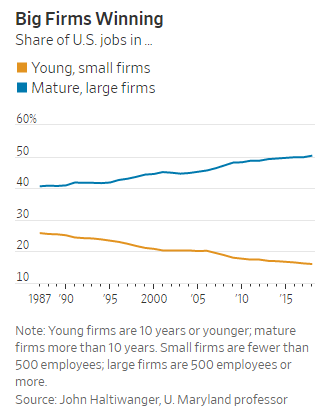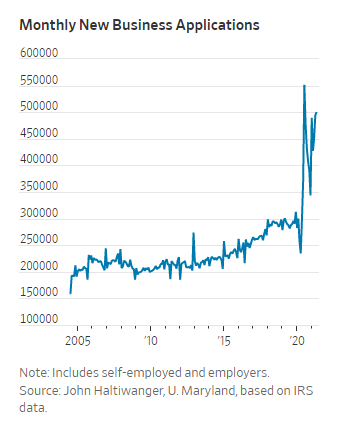(p. D1) An examination of court records by The New York Times found almost 3,000 lawsuits filed by Carlsbad Medical Center against patients over medical debt since 2015, more than 500 of them through August of this year alone. Few hospitals sue so many patients so often.
. . .
Carlsbad Medical Center is not the only hospital to have filed reams of lawsuits over unpaid bills. In Memphis, Methodist Le Bonheur Healthcare, a nonprofit hospital, filed 8,300 lawsuits from 2014 through 2018, including some against its own em-(p. D6)ployees, according to an investigation by the journalism nonprofit groups ProPublica and MLK50.
. . .
People across the country are coping with soaring medical costs, opaque pricing and surprise bills, but these issues are felt acutely in one-hospital towns like Carlsbad, where residents have few options for care — and must pay whatever prices the hospital sets.
“Hospitals that have little competition can negotiate higher rates, because the insurer wants that hospital in their network,” said Sara Collins of the nonprofit Commonwealth Fund.
. . .
Carlsbad Medical Center is owned by Community Health Systems, a chain of hospitals based in Franklin, Tenn. An investigation in 2014 by the Santa Fe New Mexican newspaper found that the three hospitals charging the highest prices in the state were all owned by that chain.
In 2015, the company paid $98 million to the federal government to settle charges that it had inflated revenue by admitting patients unnecessarily. Community Health Systems admitted no wrongdoing.
. . .
There are alternative hospitals near Carlsbad, but the closest is more than 40 minutes away, in the town of Artesia — which residents may find too far to drive to in an emergency.
. . .
Artesia General has no debt-collection suits against patients on record since 2015. Neither does Presbyterian Hospital in Albuquerque — which, at 450 licensed beds, is almost four times as large as the hospital in Carlsbad.
By contrast, other hospitals owned by Community Health Systems in New Mexico also regularly file suits over unpaid bills. Lea Regional Medical Center in Hobbs has filed almost 2,000 such suits since 2015. Mountain View Regional Medical Center in Las Cruces has filed about 2,000 suits against patients in that time; almost half of them came just this year.
In Carlsbad, these lawsuits flood the docket. District Judge Lisa Riley, who has been on the bench in Eddy County since 2011, estimated that about one-third of all civil cases that come across her desk involve unpaid medical debt.
. . .
She, too, was a target of the hospital before she became a judge. Her husband had been disputing emergency room charges when the hospital sued; the case was resolved and dismissed. (Judge Riley would not comment further, citing ethics restrictions that prohibit judges from making statements about matters that might appear in court.)
Judge Riley’s case and others from Carlsbad appear in an upcoming book called “The Price We Pay,” by Dr. Marty Makary, a surgeon at Johns Hopkins University who studies the costs of American health care and led the study of hospital suits in Virginia.
Debt collection is common in the health care industry, he said, but lawsuits are a traumatic way to force patients to pay. Normally hospitals simply refer unpaid bills to debt collectors; fewer file lawsuits and then garnish wages or place liens on homes.
In his study of Virginia, 36 percent of hospitals garnished the wages of patients owing money, with 10 percent doing so frequently. (Even his own institution, however, has come under fire for suing the poor.)
When seeking payment for medical bills, “Collections agencies may harass you with phone calls,” Dr. Makary said. “They may send a note to your credit bureau, but they’re not reaching into your paycheck.”
Many of these patients are low-paid workers with little savings. Dr. Makary’s study found that Walmart was the most common employer of those whose wages were garnished over medical bills. “These are hardworking Americans who did nothing wrong,” he said.
The cost of care differs from institution to institution, partly because hospitals have broad discretion in setting prices. Charges for the same services vary widely, even when hospitals have similar patient demographics, and the amounts billed have little relationship to quality.
If you are a hospital executive, “you could charge whatever you want,” said Dr. Makary. “You could charge $1 million for an X-ray.”
(Note: the online version of the story was updated Dec. 2, 2019, and has the title “As Patients Struggle With Bills, Hospital Sues Thousands.”)
Makary, Marty. The Price We Pay: What Broke American Health Care–and How to Fix It. New York: Bloomsbury Publishing, 2019.



